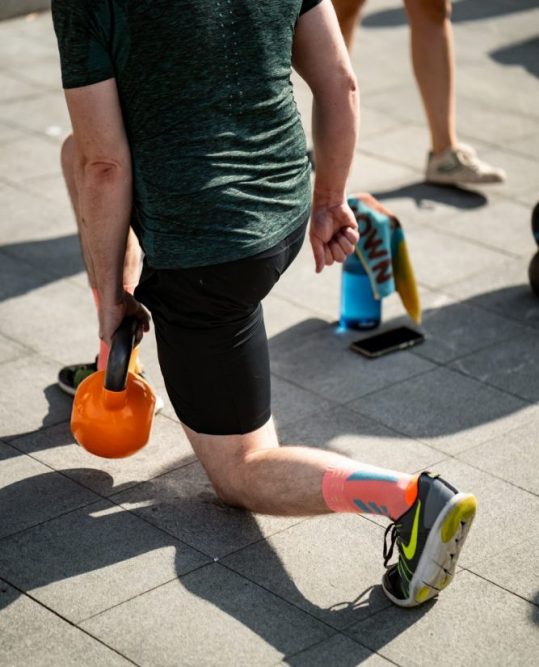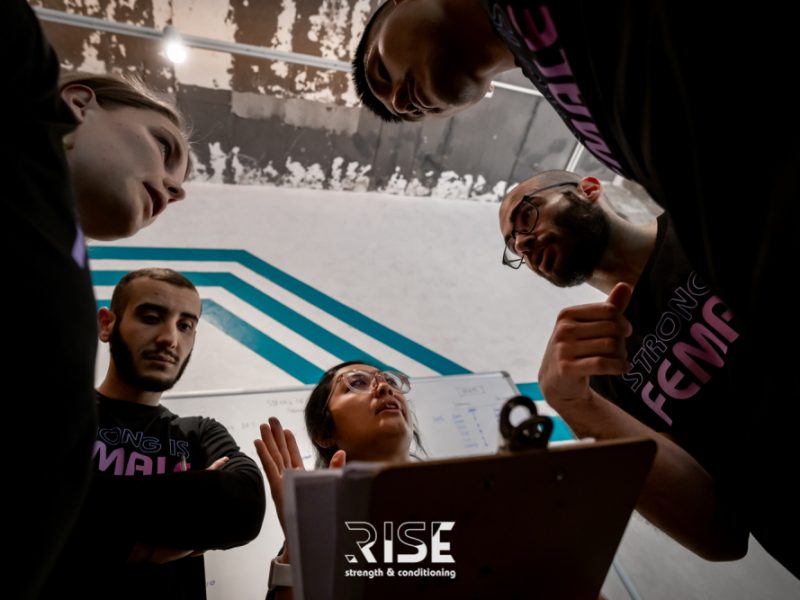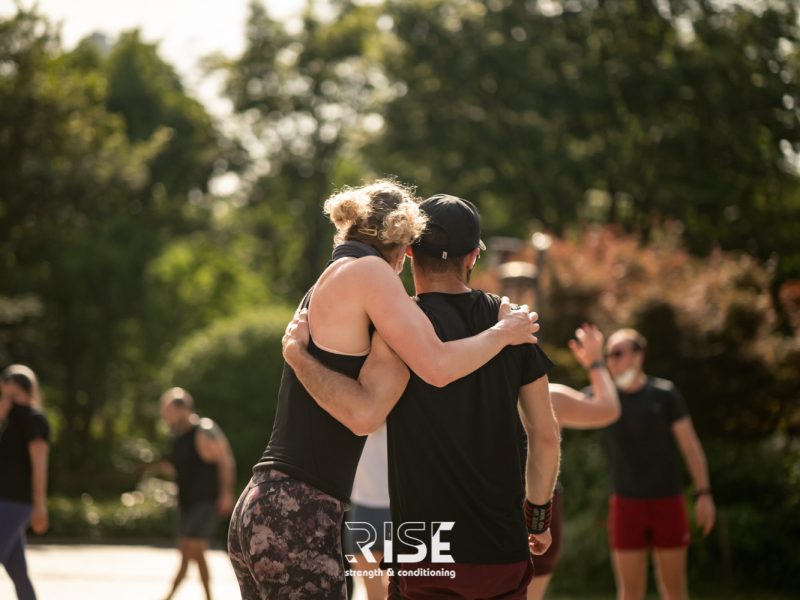I am a big fan of single-leg exercises for the general population. I definitely consider them superior to their bilateral counterparts.
Don’t get me wrong, we love the big lifts like the back squats and the deadlifts. The argument I am trying to make here is that unilateral work is a non-negotiable whether you’re training for function, absolute strength, or performance. Here’s why.
1. They Are Very Functional
You would agree with me if you understand the approach to functional training as a form of training that translates into better function in daily life. Think about all the things we do with our legs in our daily lives. Walking, running, climbing stairs, stepping on and off trains, all these movements are performed – one leg at a time. That’s just how locomotion works. All of the moving we do in our everyday lives requires us to move one limb at a time.
2. Non-negotiable Stability
The ability to perform a single-leg squat, demands not just strength, but a high amount of balance and core stability. This translates to our ability to avoid falling flat on our faces every time we take a step to move. Lifting heavy a$$ plates is only impressive if you’re also able to elegantly and effectively execute a rear-foot elevated split squat. There is far less demand on stability with a bipedal squat than there is on single-leg exercises.
3. Uncover Structural Imbalance
This brings me to the third argument. A lot of people are either right-handed or left-handed which shows up in their strength training as well. Training unilateral exercise can very quickly uncover and correct those imbalances. And as a bonus, you will find that fixing those will have a positive carryover to your bilateral strength as well.
4. Safety
Most single-leg exercises are performed with either dumbbells or kettlebells held on either side of the body that you can progressively overload. Failure results in both implements on the floor. Whereas, failure in a heavy back squat, for instance, can result in some compromising position for the body (safety pins are simply not as common as we’d like for them to be at traditional gyms). I am a big fan of the concept of the ‘orthopedic cost of exercise’ popularized by Mike Boyle, one of the leading strength educators of our time. What it basically boils down to is that when it comes to exercise selection, why wouldn’t you choose those with minimal risks of injury if it’s benefits can match or outperform those with higher risks/costs?
5. Muscular Recruitment and Mobility
Studies have shown that the single leg rear foot elevated split squat (RFESS) demonstrates much higher muscle recruitment, particularly on muscle fibers of the hamstrings than the traditional back squats. Mobility is one reason. RFESS allows athletes to work through a longer if not the full range of motion than the traditional squat for the general population that traditionally struggles with mobility in their hips and ankles.
6. Space Efficiency
It’s 2022, you don’t necessarily need a squat rack, and a multitude of plates to do strength training. If you’re price-sensitive, and/or don’t have a gym membership, all you need is just a couple of moderately weighted dumbbells, and you are ready to exercise effectively in your living room.
7. Total Humbling Experience
Athletes who singularly train and progress in back squats for 2x their bodyweight should in theory be able to lift 1x their bodyweight with just one leg. If you’ve never done too much single-leg training, go ahead and give it a try. You might find it to be a rather humbling experience. I most certainly did back when I was just starting out. Case closed.
We love the big lifts like back squats, deadlifts, and front squats and we do those too. We will just prioritize single-leg variations on a regular basis.
Our training program features these heavily, specifically on Tuesdays and Fridays, we go through the hinge, squat, lunge patterns to bulletproof the lower limbs. Download the RISE APP to avail our wholesome yet challenging training programs and join the community of Everyday Athletes.


